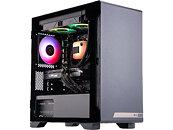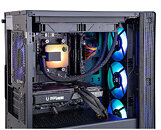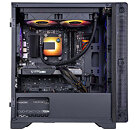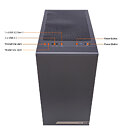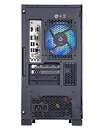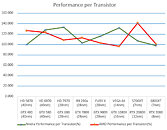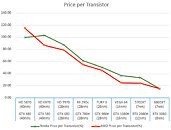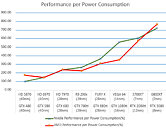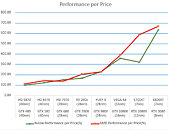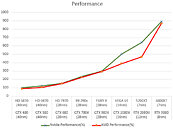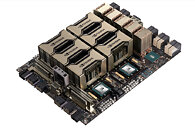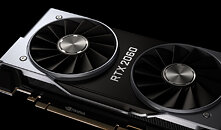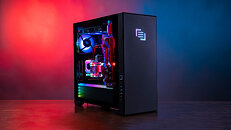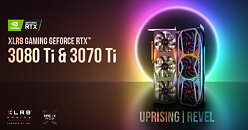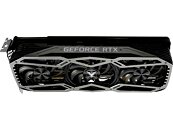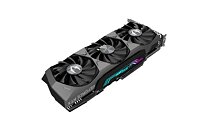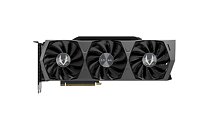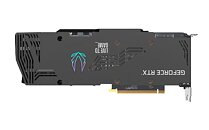
Gigabyte Announces H262-P60 Server with Ampere Altra Max Processors
GIGABYTE Technology, today announced at OCP Summit support for the Ampere Altra Max processor and unveiled the new GIGABYTE high-density server, H262-P60, that embodies performance and scalability for HPC clusters and HCI. The Ampere Altra processor has also shown great power efficiency in cloud and edge applications while gaining momentum as it uses Arm architecture to give x86 a run for its money.
The competitiveness of Ampere Altra processors and ARMv8 64-bit architecture has become even more apparent as the Ampere Altra Max processor maintains the same 250 W TDP as Ampere Altra and is pin-to-pin compatible, yet it is able to add 60% more cores for up to 128 cores. For networking, storage, or accelerators the single socket supports 128 PCIe lanes, while the dual socket configuration for Altra Max will support 192 PCIe lanes. The H262-P60 will ship with updated support for Altra Max.
The competitiveness of Ampere Altra processors and ARMv8 64-bit architecture has become even more apparent as the Ampere Altra Max processor maintains the same 250 W TDP as Ampere Altra and is pin-to-pin compatible, yet it is able to add 60% more cores for up to 128 cores. For networking, storage, or accelerators the single socket supports 128 PCIe lanes, while the dual socket configuration for Altra Max will support 192 PCIe lanes. The H262-P60 will ship with updated support for Altra Max.

















